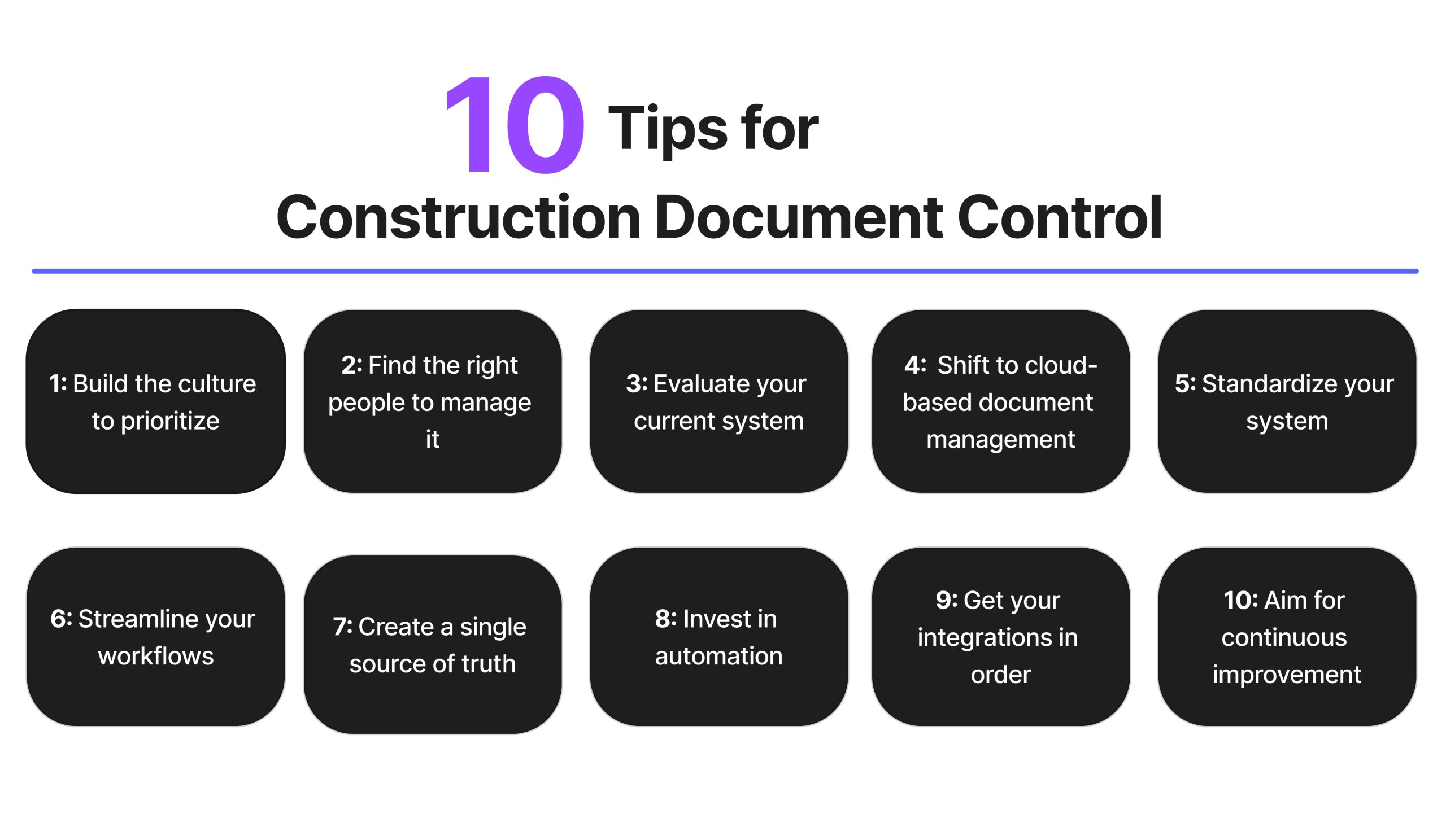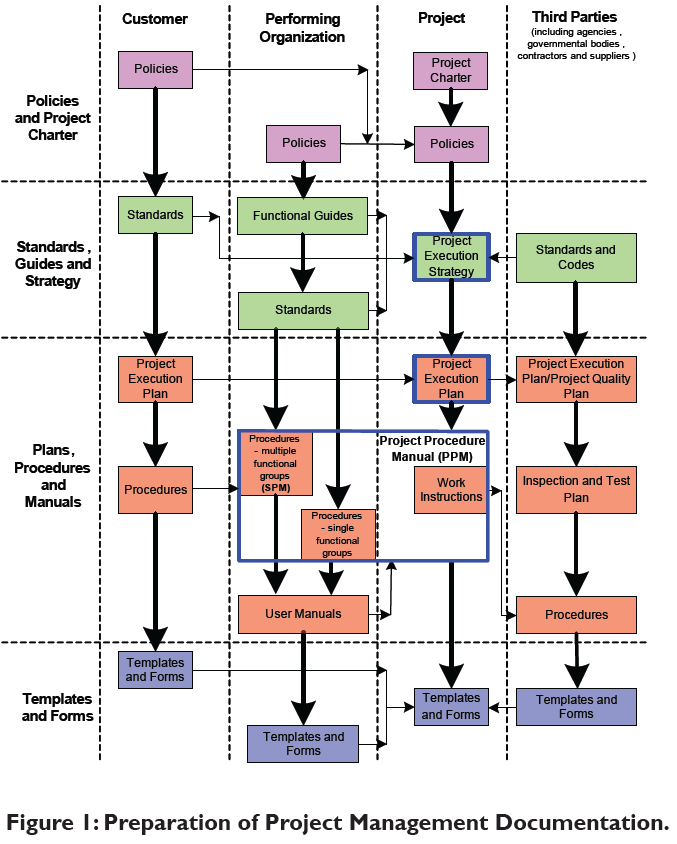From Chaos to Control: Utilizing the Potential of Construction Document Management
From Chaos to Control: Utilizing the Potential of Construction Document Management
Blog Article
Architect's Guide to Simplifying Building Record Management for Effective Task Implementation
The procedure of organizing, sharing, and maintaining these documents can often become a maze of inadequacies and troubles if not taken care of carefully. By exploring organized techniques, cutting-edge tools, and sector best techniques, architects can not just streamline their paper monitoring processes but additionally pave the means for much more efficient task execution.
Value of Effective Document Management
Why is effective paper administration vital for designers in the building sector? Reliable file management is necessary for architects in the building industry as it plays a pivotal duty in making certain the effective implementation of tasks. Engineers take care of a large variety of papers, ranging from design drawings and specs to licenses and agreements. Appropriate organization and management of these documents are vital to preserve job timelines, guarantee conformity with policies, and assist in reliable communication amongst project stakeholders.

Efficient paper monitoring allows designers to gain access to important details without delay, track task progression properly, and alleviate threats related to errors or omissions. By executing structured paper monitoring procedures, architects can improve partnership with customers, contractors, and other team members, leading to boosted job results and customer contentment.
In addition, effective file management aids designers maintain a thorough task background, enabling them to utilize past lessons and experiences discovered for future projects. In today's fast-paced building and construction sector, where prompt decision-making and info sharing are critical, efficient document monitoring is a keystone for success.
Techniques for Simplifying Paper Organization
Reliable file monitoring methods not only make sure project success for architects in the construction market but likewise lay the structure for executing approaches for improving record organization. To simplify document company successfully, architects must first establish a clear naming convention for data and folders. Consistency in naming documents based upon job stages, document types, and appropriate details will promote simple access and lower confusion.
Making use of cloud-based storage space remedies can additionally boost record company by giving a central area for all project-related documents - construction document management. This permits staff member to access the most up-to-date records from anywhere, advertising cooperation and performance. Implementing version control systems even more fine-tunes file organization by tracking changes, preventing conflicting edits, and making certain that the most up to date variations are constantly available
Moreover, creating a sensible folder structure with designated subfolders for various record groups, such as illustrations, requirements, and contracts, can streamline file administration processes. Routinely evaluating and purging out-of-date or redundant files will help keep a lean and organized document database, inevitably enhancing productivity and project outcomes.
Leveraging Modern Technology Equipment for Partnership
In the realm of modern architecture, architects are significantly counting on innovative innovation devices to foster smooth collaboration among task stakeholders. Leveraging technology for cooperation improves interaction, boosts effectiveness, and boosts overall task outcomes. Cloud-based systems such as BIM 360 and Procore allow real-time accessibility to project papers, allowing architects, professionals, and clients to collaborate properly no matter their physical area. These tools help with simultaneous editing, variation control, and immediate updates, decreasing mistakes and delays triggered by miscommunications.
Digital design and building (VDC) software program like Revit and AutoCAD Style make it possible for engineers to develop thorough 3D versions that can be shared and edited collaboratively. This real-time partnership enhances layout coordination, precision, and visualization, leading to far better decision-making throughout the task lifecycle. Furthermore, communication devices like Slack and Microsoft Teams offer instantaneous messaging, data sharing, and video clip conferencing abilities, promoting smooth communication among team participants and stakeholders.
Guaranteeing Precision and Variation Control

Efficient a knockout post variation control also aids in handling record approvals and making certain that only accredited personnel make alterations. Architects must establish clear procedures for documenting modifications, including look at this web-site timestamps and individual identification, to produce an audit path for accountability. On a regular basis interacting with the task group regarding variation updates and adjustments is vital to stay clear of confusion and preserve positioning throughout the building process.
Finest Practices for Record Sharing and Access
Having actually established a robust system for variation control in construction file administration, engineers can now concentrate on maximizing record sharing and accessibility approaches to improve partnership and effectiveness among project stakeholders. These systems supply real-time accessibility to job files, allowing team participants to watch, modify, and comment on data at the same time.
Additionally, executing role-based access control is important for maintaining information safety while helping with collaboration. Appointing various permission levels to employee makes sure that delicate information is just easily accessible to accredited workers. On a regular basis updating accessibility consents based upon project demands and team adjustments is essential for keeping data stability.
Incorporating job administration software application with paper sharing systems can also simplify process. This integration permits for smooth communication, task monitoring, and paper monitoring within a solitary user interface, decreasing the demand to switch between numerous devices. By complying with these best methods, architects can create a much more joint and reliable file sharing setting, eventually causing effective job implementation.

Conclusion
In final thought, reliable building and construction file administration is crucial for effective task execution. By carrying out strategies for organization, leveraging innovation tools for partnership, ensuring accuracy and variation control, in addition to complying with ideal techniques for file sharing and access, designers can streamline their workflow and boost overall task performance. Prioritizing these facets of document monitoring will bring about smoother task execution and far better end results for all stakeholders involved.
Efficient record management is important for designers in the building and construction market as it plays a pivotal duty in guaranteeing the effective execution of tasks. construction document management. Proper company and monitoring of these papers are essential to preserve job timelines, guarantee conformity with regulations, and facilitate efficient communication among project stakeholders
Effective file administration practices not just guarantee task success for architects in the building and construction industry yet also lay the like it foundation for implementing methods for simplifying record organization. One essential strategy is developing a central record repository where all team members can access the most current variations of illustrations, specifications, and other project files.Having established a robust system for variation control in building document monitoring, engineers can currently concentrate on optimizing paper sharing and accessibility techniques to boost partnership and performance amongst job stakeholders.
Report this page